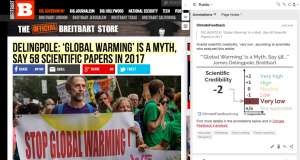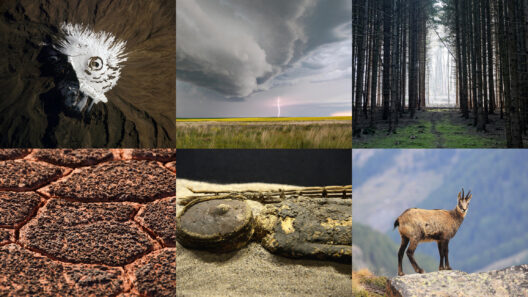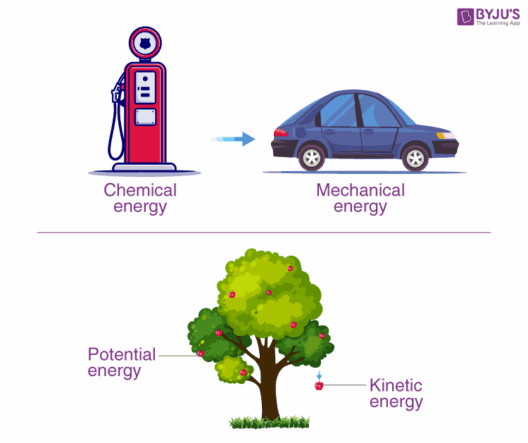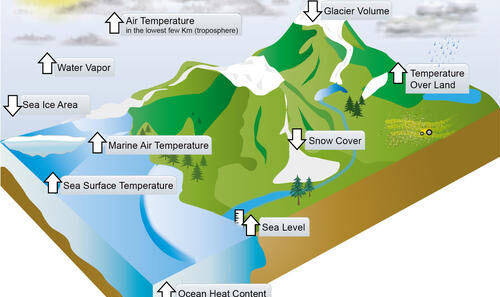As the world grapples with the myriad implications of climate change, one question persists: How does the increase in carbon dioxide (CO2) levels correlate with global warming? Understanding this relationship is paramount for addressing the urgent crisis that humanity faces. The acknowledgment of this connection stems from an impressive corpus of scientific studies and empirical data, illuminating the intricate dynamics that define our planet’s climate system.
To begin, CO2 is a greenhouse gas—a term that encapsulates gases contributing to the greenhouse effect, allowing sunlight to enter the Earth’s atmosphere but trapping heat in a manner akin to a glass greenhouse. The perpetuation of this process leads to the warming of the Earth’s surface. The pivotal question arises: how significantly does CO2 influence this warming mechanism? Scientific consensus maintains that the anthropogenic (human-induced) release of CO2, primarily through fossil fuel combustion, deforestation, and various industrial activities, has accelerated atmospheric CO2 concentrations to unprecedented levels since the Industrial Revolution.
In examining the correlation between CO2 levels and global temperatures, a multitude of scientific studies explore this intricate relationship. For instance, paleoclimate data reveal that past geological epochs with higher CO2 concentrations corresponded to warmer global temperatures. Ice core samples, which capture atmospheric gas bubbles over millennia, provide invaluable insight into historical CO2 levels and temperature variations. These data sets establish a compelling linkage between increased atmospheric CO2 and elevated temperatures—an undeniable pattern recurrent throughout Earth’s climatic history.
Modern climatology employs sophisticated models—including General Circulation Models (GCMs)—that simulate and predict how variations in greenhouse gas concentrations affect climate. These models incorporate vast datasets encompassing temperature, precipitation, oceanic currents, and other relevant factors. Numerous studies have validated that, under varied emissions scenarios, elevated CO2 levels correlate with a rise in global average temperatures, contributing significantly to climate feedback mechanisms. For example, as temperatures rise, polar ice melts, which reduces the albedo effect (the planet’s reflectivity), in turn leading to further warming. This cyclical effect is a stark manifestation of climate change’s self-reinforcing nature.
Moreover, the rate of CO2 concentration increase in the atmosphere is alarming. As of the mid-2020s, measured CO2 levels have consistently surpassed 400 parts per million (ppm)—a milestone not encountered in millions of years. The implications of this escalation are profound. The Intergovernmental Panel on Climate Change (IPCC), through rigorous assessment reports, consistently underscores the urgency of mitigating CO2 emissions to stave off catastrophic climate impacts. The adopted threshold to maintain a manageable climate stabilization is pegged at 1.5 to 2 degrees Celsius of warming above pre-industrial levels. Exceeding these thresholds could unleash unforeseen environmental and socio-economic calamities.
Despite this overwhelmingly scientific consensus, a latent challenge persists. The contrarian narrative, often fueled by various socio-political agendas, seeks to undermine the foundational understanding of CO2’s role in climate change. Misinformation campaigns frequently misrepresent scientific research outcomes, leading to public confusion and complacency regarding climate action. This brings us to an uncomfortable reality: How does society reconcile scientific truths with pervasive skepticism? The answer lies in enhancing public understanding through comprehensive education and transparent communication about climate science.
Educational initiatives must prioritize disseminating clear, factual information about how CO2 contributes to weather extremes, ocean acidification, and biodiversity loss. Only through fostering an informed citizenry can we combat the detrimental effects of misinformation and promote collective action. Engaging the public—with playful questions like “What will our planet look like when the last ice cap melts?”—can transform somber realities into calls for proactive engagement. The stakes are undeniably high, and our ability to galvanize communal responses hinges on our understanding and acknowledgment of the scientific principles underlying climate change.
Furthermore, it is imperative to examine technological advancements that could mitigate CO2 levels. Innovations such as carbon capture and storage (CCS) technologies not only reduce emissions at their source but also offer potential solutions for generating a net-negative carbon future. Coupled with the transition to renewable energy sources—solar, wind, and hydroelectric power—the pathway to reducing atmospheric CO2 levels broadens. Will society embrace these technologies and accelerate their deployment to transform the energy landscape? The answer rests in the collective resolve to prioritize sustainability over short-term convenience.
In conclusion, the correlation between CO2 levels and global warming reflects a critical dynamic that frames the climate debate. Scientific studies unequivocally demonstrate that rising CO2 concentrations correspond with an increase in global temperatures—an assertion grounded in empirical evidence from both contemporary models and geological history. Addressing climate change necessitates robust action, informed dialogue, and a willingness to embrace innovative solutions. In a world where the consequences of inaction often feel abstract, the tangible challenges posed by climate change demand immediate and resolute efforts from individuals, communities, and nations alike. The time to act is now; the window for impactful change is narrowing swiftly. Can we rise to meet this challenge together?







